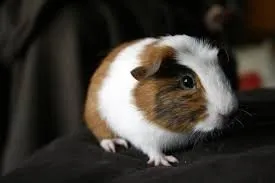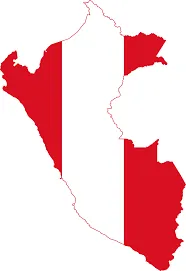
Biologists at the University of Otago has found the origins of Guinea Pigs domestication and how they spread around the globe by analyzing different archaeological samples in Latin America.
“The research demonstrates that the history gap (in Guinea Pigs) is more complex than previously known and has implications for other studies regarding mammal domestication, translocation and distribution,” said Lisa Matisoo Smith, a Professor in Biological Anthropology.

Results indicate an independent centre of domestication of Cavia (Genus where Guinea Pig belongs) in the eastern Colombian Highlands.
While, Peru is the origin where Guinea Pigs was domesticated beyond South America into the Caribbean.
Peru is also the source for Guinea Pig transport for the exotic pet trade in Europe and the United States.

Guinea Pigs was then reintroduced in the local inhabitants as food because of long established cultural notion of what is considered as food.
The research was made by analyzing 66 archaeological samples from 21 different sites across Latin America.
Samples collected are then processed in a purpose built ancient DNA facility in the University of Otago.
With this new-found discovery of how human trade networks in the region moved in the past 1000 years or so.
The study also provides a critical historical perspective of the genetic diversity in guinea pigs and the relationship humans have had with this important domestic animals.
Summary: Basically they come from Peru.
Original Article from University of Otago/Science Daily: “Origins of the beloved guinea pig”
Link:https://www.sciencedaily.com/releases/2020/06/200616100818.htm
Follow Sci-J in the sites below:
Minds: https://www.minds.com/jjpn47
Twitter: https://mobile.twitter.com/SciJ2
Tumblr: https://www.tumblr.com/blog/Sci-J
Images: https://images.app.goo.gl/g8yBYQA56LbcjjBy5
https://images.app.goo.gl/rHrm7g5AXcfBkKZ39
https://images.app.goo.gl/WBpRKndiB5xWmr5QA